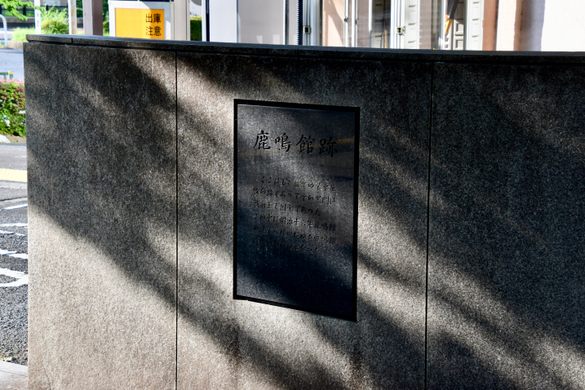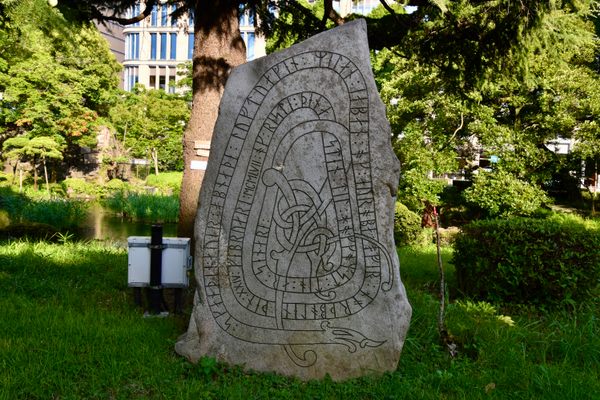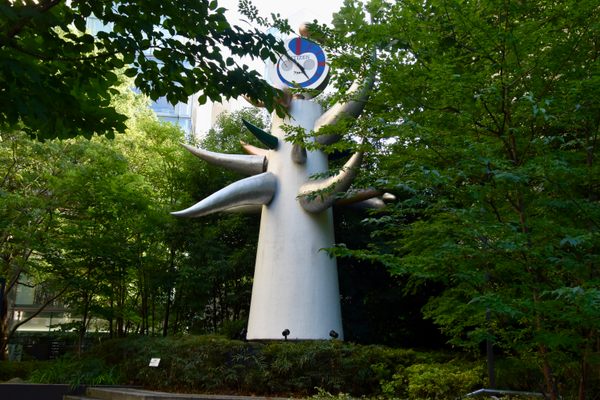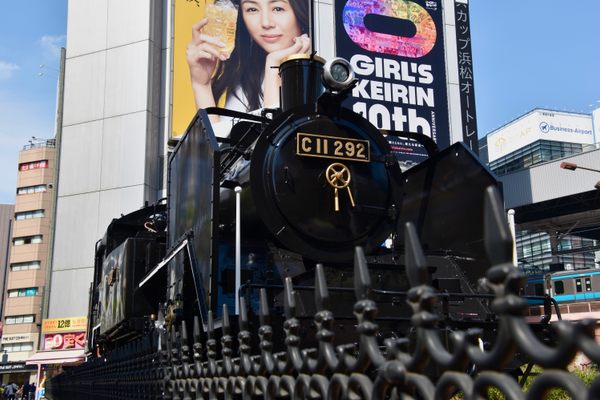AO Edited
Site of the Rokumeikan
Here once stood an opulent state guest house that symbolized the Westernization of Japan.
Following the end of the Tokugawa shogunate and its strict isolationist policy, the Meiji era of Japan (1868-1912) saw rapid modernization as it opened its borders to the West. The new government was ready to present itself as a modern nation by the 1880s, hosting grand balls and elaborate banquets for foreign guests.
The center of Japan’s Westernization is said to have been the Rokumeikan, an opulent two-story building completed in 1883. It was commissioned by Marquess Inoue Kaoru, the Minister of Foreign Affairs, and designed by British architect Josiah Conder. Meant to be a symbol of modernization, the Rokumeikan soon became known for its French-style parties and banquets, the envy of the commoners.
The reactions to it were not all positive, however. Westerners were unimpressed and disappointed in its mediocre imitation of their culture while the Japanese conservatives considered it a place of outrageous debauchery. The so-called “Rokumeikan diplomacy” also failed to achieve Inoue’s desired goals of revising treaties in Japan’s favor, resulting in his resignation.
The Rokumeikan era only lasted from 1883 to 1887, and its influences are greatly exaggerated. Other state guest houses of the period and their parties are often confused with those held at the Rokumeikan, further mythicizing its legacies. In reality, after all, it was meant for accommodation rather than for parties.
From 1890 to 1927 it was used by the Peers’ Club and then by a military insurance company, before getting demolished in 1940. Nothing much remains today, except for the staircase and wallpaper preserved at the University of Tokyo’s Faculty of Engineering and the chandelier housed at Tōmyō-ji Temple in Hirai, Edogawa Ward.
On the site, the main gate was preserved but was lost in the fires of World War II. Today, there is only an inconspicuous plaque marking the location of the legendary Rokumeikan, unnoticed in the hustle and bustle of the modern city.

















Follow us on Twitter to get the latest on the world's hidden wonders.
Like us on Facebook to get the latest on the world's hidden wonders.
Follow us on Twitter Like us on Facebook